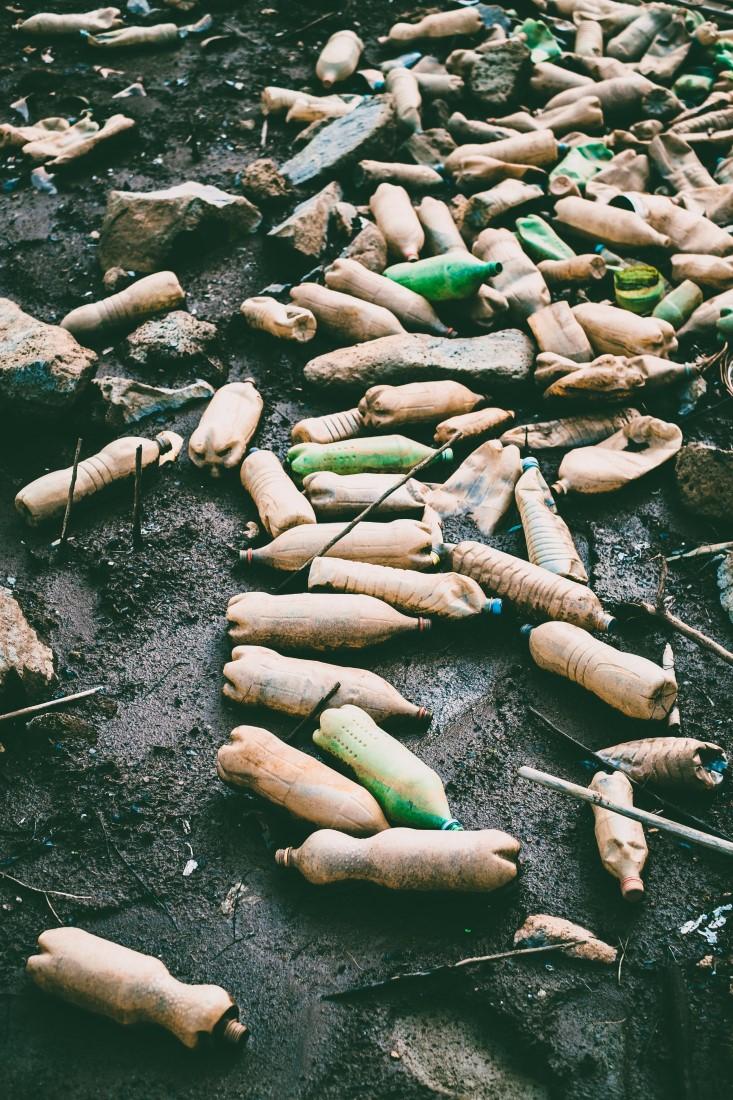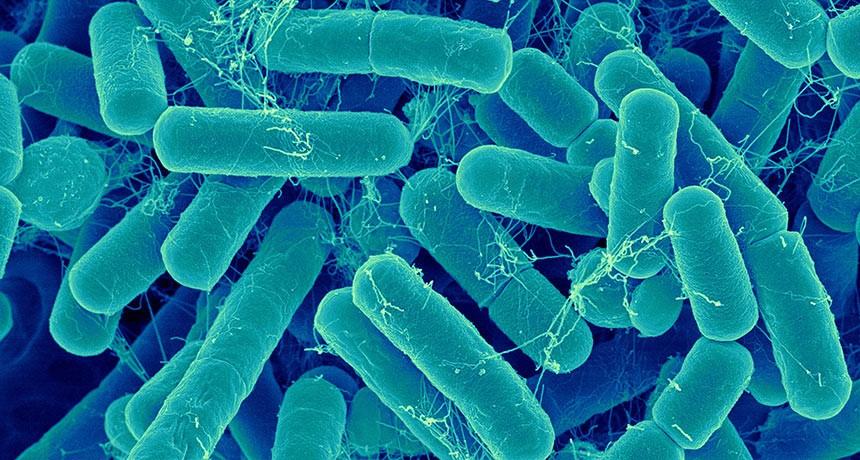
4 minute read
Journey of a Red Blood Cell Simi Joshi, U4 Aesc
Journey of a Red Blood Cell
By Simi Joshi, U4 Aesc
Advertisement
Red blood cells are cellular components of blood. There are millions of them in the human body, and their main purpose is to carry oxygen from the lungs to tissues throughout the body. They also carry carbon dioxide to the lungs to be exhaled. Red blood cells are found in your blood and travel through the circulatory system. The circulatory system is an organ system that permits blood to circulate and transport nutrients, oxygen, carbon dioxide and blood cells to
and from the cells in the body. The journey begins when the red blood cell is created in the bone marrow - a soft sponge-like substance found in the centre of some bones. The cell develops for 2- 5 days until it starts travelling to the heart via capillaries. At this stage, the cell is deoxygenated. The cell then makes its way to the heart and is pushed into the right atrium. The right atrium then contracts, pushing the blood cell into the right ventricle which contracts, pushing the red blood cell out of the heart.
The journey of a red blood cell is an extremely important process because it provides us with oxygen.
After leaving the heart, the red blood cell travels through the pulmonary artery to the lungs. There, it picks up oxygen to oxygenate the blood. The oxygenated blood cell makes it way back to the heart via the pulmonary vein into the left atrium. After entering the left atrium, the red blood cell enters the left ventricle. The left ventricle then contracts, pushing the red blood cell out of the heart into
the aorta. The aorta is the body’s largest artery. Travelling through the aorta, the red blood cell goes into the lower limbs, delivering oxygen and blood around the body. Red blood cells typically last for 120 days before they die - their journey ends here. Although the journey of a red blood cell may seem like a lengthy process, it only takes approximately one minute depending on the individual’s heart rate.
provides us with oxygen. In one minute, the average person will pump almost all the blood (5 litres) around their body. In one speck of blood, there are around five million red blood cells. Altogether, an average sized adult has approximately seven hundred trillion red blood cells in their body.
Life cycle of a plastic bottle
By Harnee Jeyaseelan, U4 Alpha
The life cycle of a water bottle - have you ever pondered on this before? Well, you might already know what a life cycle is - a series of ordered events happening to a living organism - however you wouldn’t really think of a water bottle as something that has a journey, but it does. For you, your vision of a water bottle is probably just buying it from a shop, drinking from it, then hopefully recycling it, but really there is a lot more than that. Such as, where does the bottle come from in the first place? What happens to it after it has been recycled if at all? The whole journey starts off when crude oil is extracted from the soil. This is done by having it pumped out from wells that have been dug into the soil. A lot of oil is needed for the making of plastic bottles as they are consumed so much. Evidence shows that in 2006, 17 million barrels of oil were needed to make plastic bottles in America. I’m sure you can imagine how much work would have to go into extracting all this oil each year! The oil then still needs to be cleaned
bottles per year!
at the refinery, so that it is healthy to use for plastic and so that it is strong. Then after the oil is all clean, it can be made into plastic pellets (tiny pieces of plastic) in factories and then changed into bottle preforms (small plastic tubes).
These preforms are then heated up and shaped into lots of the plastic bottles we use.
Evidence shows that an average American uses 167 plastic water bottles per year! Just think how many plastic bottles would have to be made worldwide… After that, these thousands and thousands of plastic water bottles are taken to a bottling plant where they are filled with all the water they need, these are then transported by lorries to many supermarkets such as Asda and Tesco in the UK. Next you might go into the supermarket and buy one or two for a trip. Just know that if there is no bin around, it doesn’t hurt to just hold onto your bottle for a little longer until you find a recycling bin. You may wonder, why does everyone say recycling is important? Well if you do recycle your plastic bottles, they can be reused and made into other items such as carpets and fleeces. However, if you choose not to recycle it, those plastic bottles could end up in the sea where they could affect the lives of many animals, from them getting stuck or being swallowed, or they could add to the 700 acres of landfills which are emitting harmful gases such as carbon dioxide and methane into the atmosphere.





